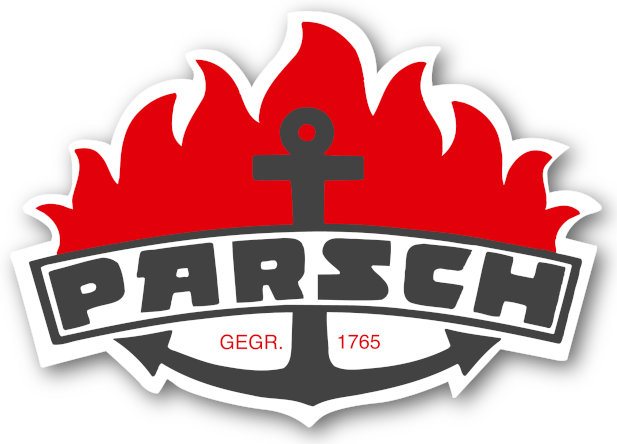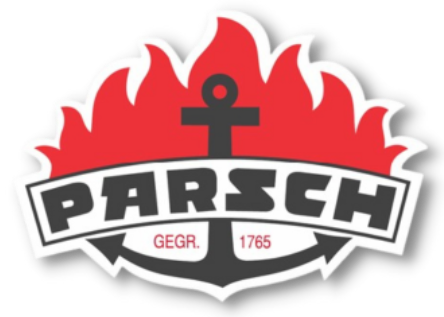Fire Fighting Hoses
Reliable & robust fire hoses for pumps, hydrants and fire departments
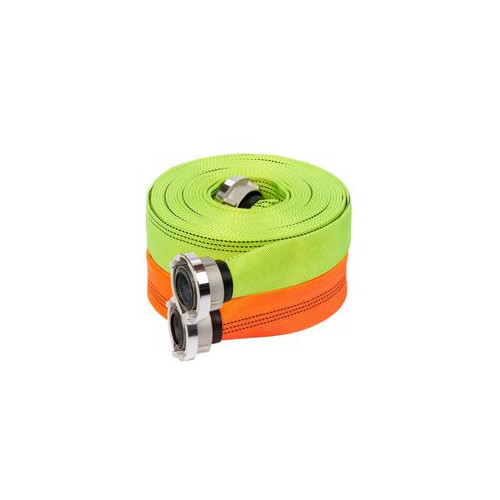
Technical information
PARSCH SYNTHETIC 4Z REFLEX
highly visable and fluorescent hose according to DIN 14811:2008-01+A3:2018-11 class 1 performance level 3***
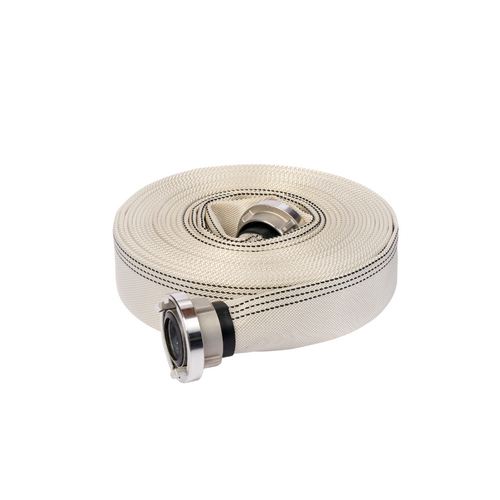
Technical information
PARSCH SYNTHETIC 4Z SL UNCOATED
fire fighting hose according to DIN 14811:2008-01+A3:2018-11 class 1 performance level 3***
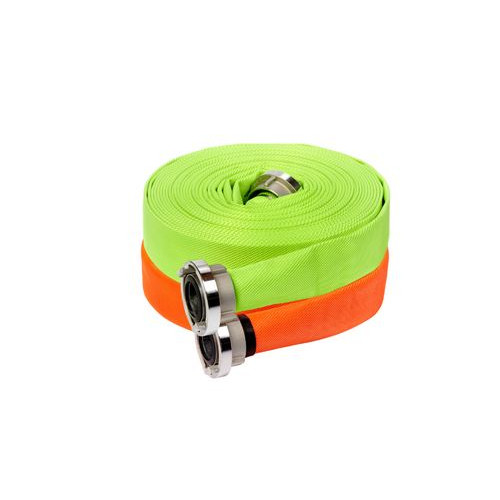
Technical information
PARSCH SYNTHETIC 3Z REFLEX
highly visable and fluorescent hose according to DIN 14811:2008-01+A3:2018-11 class 1 performance level 2***
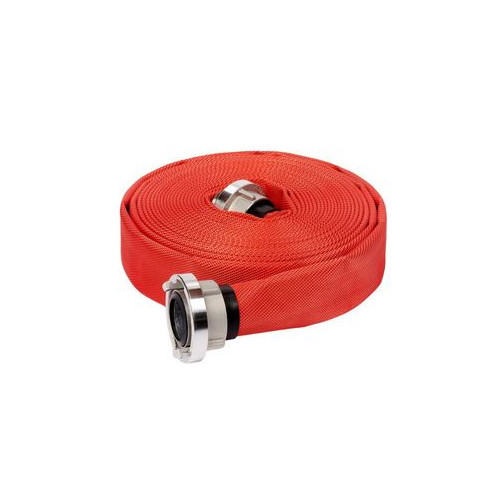
Technical information
PARSCH SYNTHETIC 3Z COLOR
dyed fire fighting hose according to DIN 14811:2008-01+A3:2018-11 class 1 performance level 2***
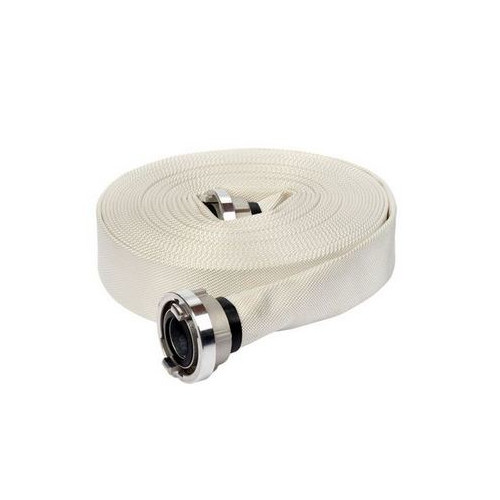
Technical information
PARSCH SYNTHETIC 3Z SL UNCOATED
fire fighting hose according to DIN 14811:2008-01+A3:2018-11 class 1 performance level 2***
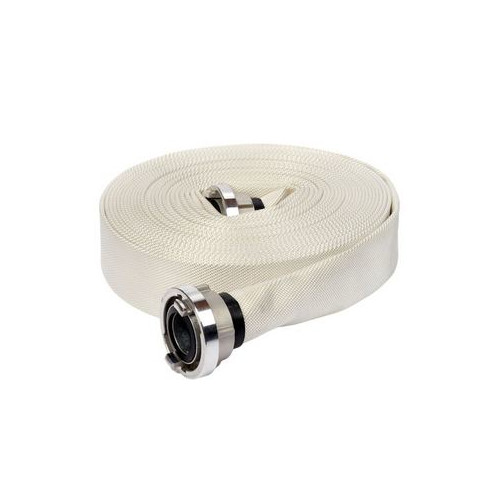
Technical information
PARSCH SYNTHETIC SL UNCOATED
fire fighting hose according to DIN 14811:2008-01+A3:2018-11 class 1 performance level 1*** resp. performance level 2***
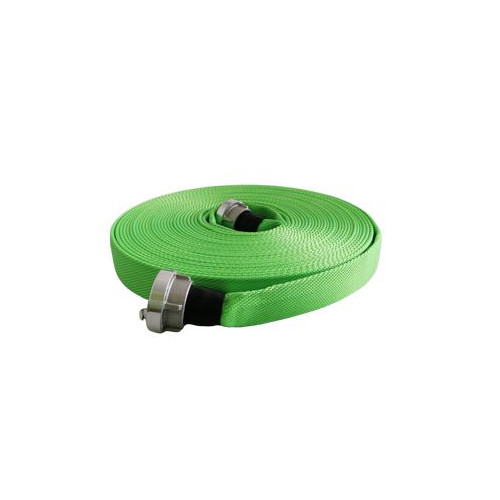
Technical information
SELF-WETTING HOSE
self-wetting fire fighting hose for forest and field fire fighting
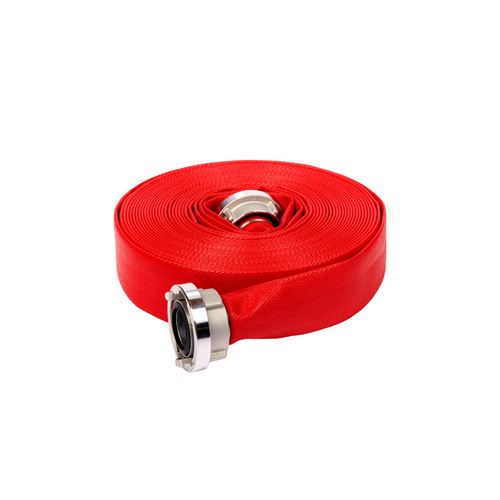
Technical information
PARSCH SYNTHETIC 3Z SL COVERFLEX
Polyurethane coated fire fighting hose according to DIN 14811:2008-01 class 2
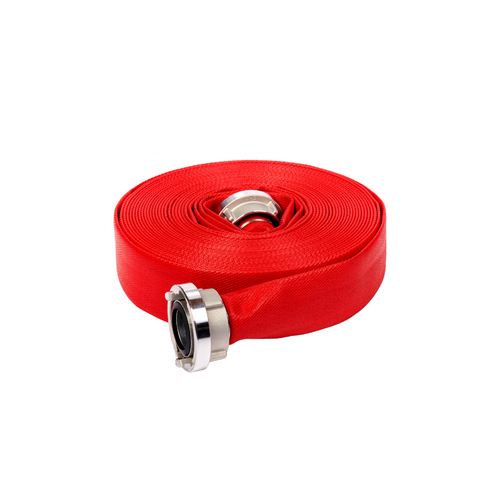
Technical information
PARSCH SYNTHETIC SL COVERFLEX
Polyurethane coated fire fighting hose according to DIN 14811:2008-01 class 2
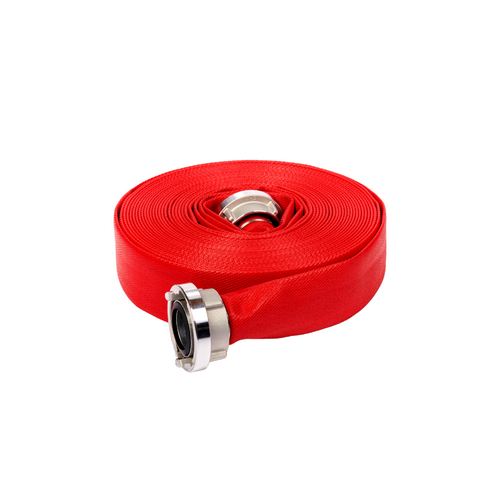
Technical information
SUPRA SYNTHETIC
oil resistant fire fighting hose according to DIN 14811:2008-01 class 2
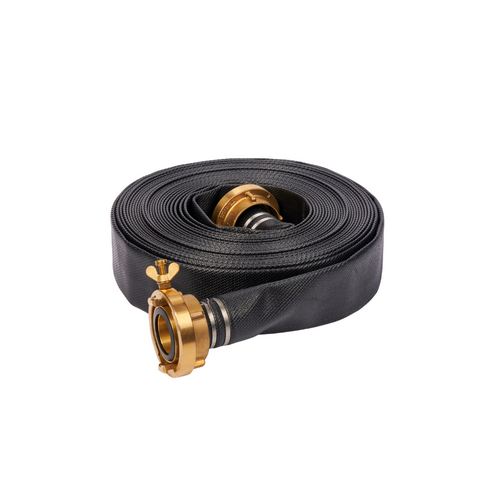
Technical information
OIL FAVORIT
electro-conductive fire fighting hose for oil and hazardous material recovery and salvage service

Technical information
PROFI
fully extruded fire fighting hose according to DIN 14811:2008-01 class 3
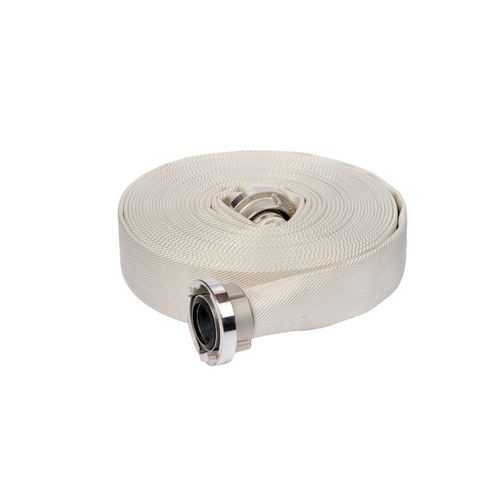
Technical information
PARSCH FOLIANT N UNCOATED
Polyurethane lined fire fighting hose
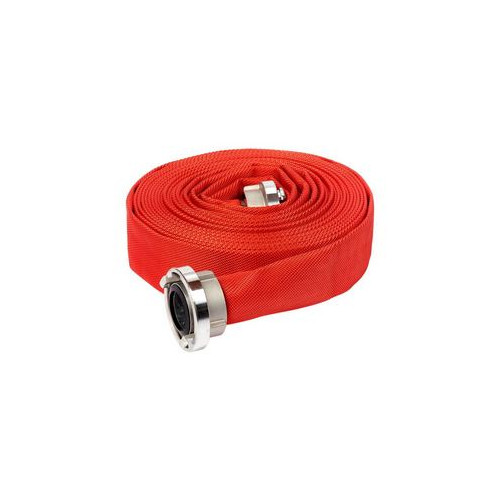
Technical information
PARSCH FOLIANT COLOR
Polyurethane lined fire fighting hose
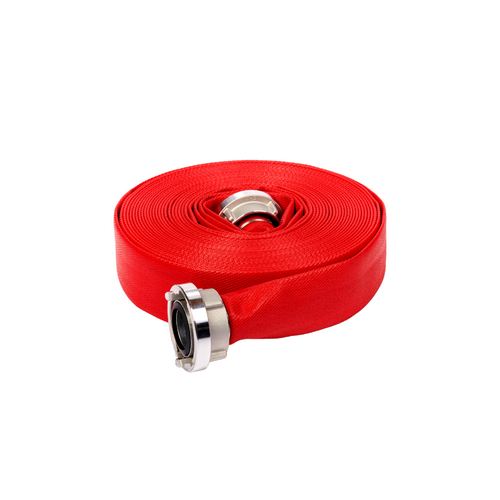
Technical information
PARSCH FOLIANT COVERFLEX
Polyurethane lined fire fighting hose
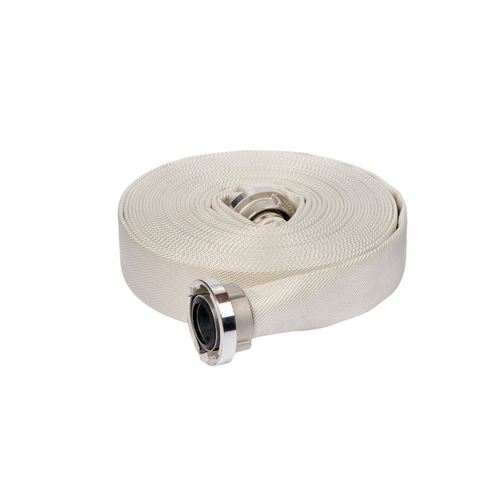
Technical information
PARSCH SYNTHETIC 3Z SL UNCOATED 90 BAR
high pressure hose
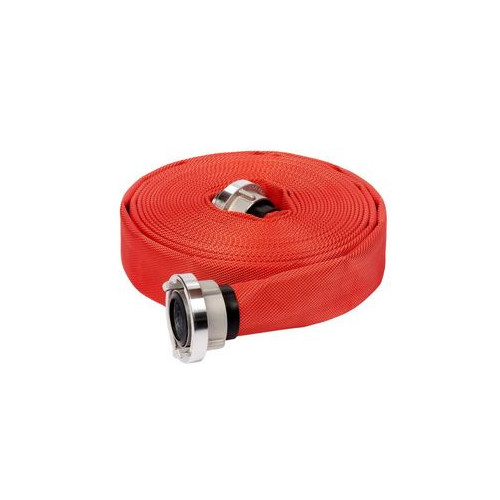
Technical information
PARSCH SYNTHETIC SL COLOURED
fire fighting hose
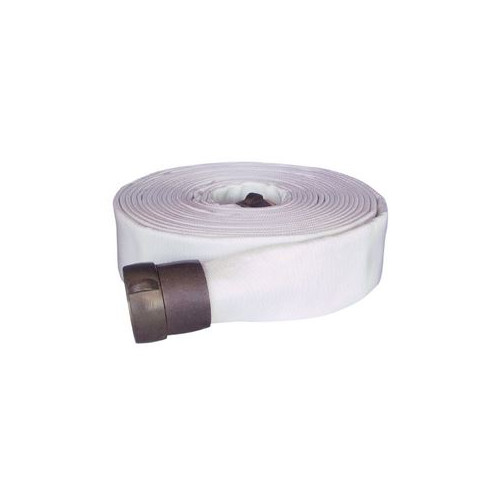
Technical information
DOUBLE JACKET N UNCOATED
high pressure hose
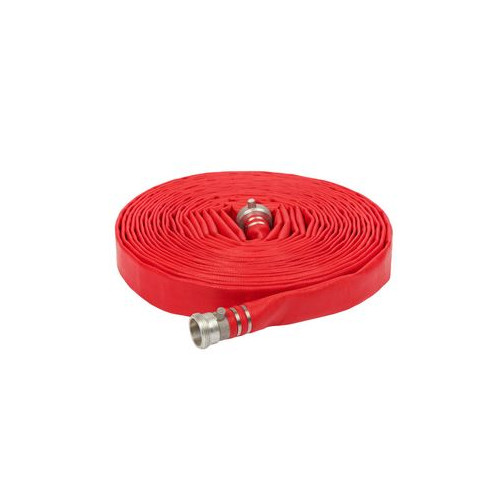
Technical information
DOUBLE JACKET P
Polyurethane coated high pressure hose
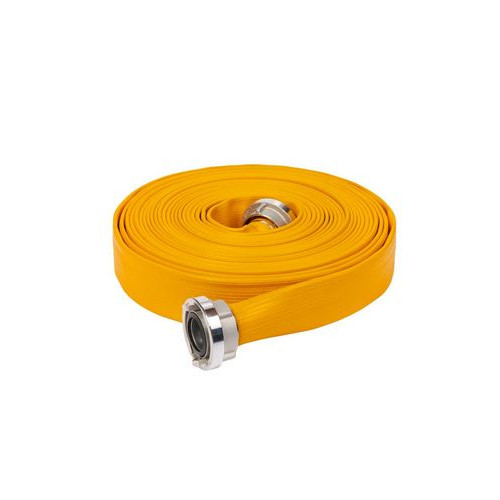
Technical information
PROFI 4 L
4-layer fully extruded fire fighting hose with yellow exterior

Technical information
PARSCH SPECIAL REFLEX
Polyurethane coated fire fighting hose with two stripes

Technical information
PARSCH SPECIAL COVERFLEX
Polyurethane coated fire fighting hose with two stripes

Technical information
TOP SYNTHETIC N 50 S UNCOATED
fire fighting hose

Technical information
TOP SYNTHETIC N 50 UNCOATED
fire fighting hose

Technical information
TOP SYNTHETIC N 90 S UNCOATED 90 BAR
high pressure hose

Technical information
TOP SYNTHETIC REFLEX 50 S
highly visable and fluorescent fire fighting hose

Technical information
TOP SYNTHETIC K 50 S COLOURED
fire fighting hose

Technical information
TOP SYNTHETIC K 50 COLOURED
fire fighting hose

Technical information
TOP SYNTHETIC P 50 S COVERFLEX
Polyurethane coated fire fighting hose

Technical information
TOP SYNTHETIC P 50 COVERFLEX
Polyurethane coated fire fighting hose
Fire Fighting Hoses
for every requirement
Firefighting without fire hoses is hardly imaginable. The selection of materials is just as important as the correct usage of the hoses. When using fire hoses, there are not only useful and relevant things to keep in mind, but also a few no-goes that are best to be avoided. Now, what is important when using fire hoses? Our experts at PARSCH will explain this in the following.
Who uses fire hoses?
The obvious answer is – any volunteer or professional fire department. In addition to them, industrial fire departments, marine firefighters, refinery firefighters, and even farmers for agricultural sprinkling are also among the users. However, fire hoses are also regularly used in the industrial sector. Furthermore, various fire hoses can be applied as drinking water hoses at large events, in the catering industry or in food production.
Avoidable mistakes when using fire hoses
To ensure that a high-quality fire hose always functions as intended when in actual use, no mistakes should be made when operating it. However, making mistakes is human, which is why one should always try to minimize these by obtaining detailed information and through constant practice.
For example, something can already go wrong during the roll-up procedure when preparing for deployment. One should not, for instance, tighten the rolled-up hose with the knee in place. The weight combined with the friction of the hard surface (pavement, asphalt) causes friction and abrasion. Consequently, the hose material is exposed to too much material strain. A gentler way to protect the material is to hold the center point with one hand and tighten the coupling ends with the other.
A definite no-go is to step on the hose with your body weight and work boot in order to flatten it as much as possible. Please also make sure that the edges are always offset by a few millimeters when rolled up. If the hose is wound too tightly, it can cause the material to leak at the kinked edges.
DIN standards and performance classes for pressure hoses for fire departments
To ensure that all firefighters can fight fires safely and reliably with all hoses, fire hoses are precisely regulated in DIN standard 14811 “Fire hoses – Pressure hoses and bindings for pumps and fire engines”. Since 2014, pressure hoses have been subdivided into three performance classes.
Class 1 fire hoses are divided into performance levels L1 to L3. All of them are rubberized on the inside and therefore leak-proof. On the outside, they are covered by a polyester yarn. Each level determines the degree of abrasion resistance.
The outer colors are usually a matter of taste but can also serve to increase visibility when in use. For DIN hoses, a stainless-steel cover is specified in accordance with the standard. The corresponding couplings are made either of aluminum, brass, or stainless steel.
Class 2 fire hoses are almost identical in construction to those of Class 1. However, class 2 hoses feature an additional outer protective layer made of polyurethane. A class 3 pressure hose is rubberized on the inside and outside.
When it comes to hose classes, the higher the class, the more abrasion-resistant the hose. This is particularly important when the fire hoses are pulled over rubble, rough asphalt, rolled chippings or other coarse materials.
Here’s what to look for when considering fire hoses
Even Class 1 hoses are now manufactured to such a high-quality level that they are perfectly capable of being dragged occasionally.
Rubberized hoses are more resistant, but they are also heavier and stiffer. As a rule, they cannot be rolled up as easily to save space. Also, the procurement costs are higher.
Our experts at PARSCH will be happy to answer any questions you may have about fire hoses, benefiting from the accumulated knowledge of over 250 years of tradition, experience, and quality.
